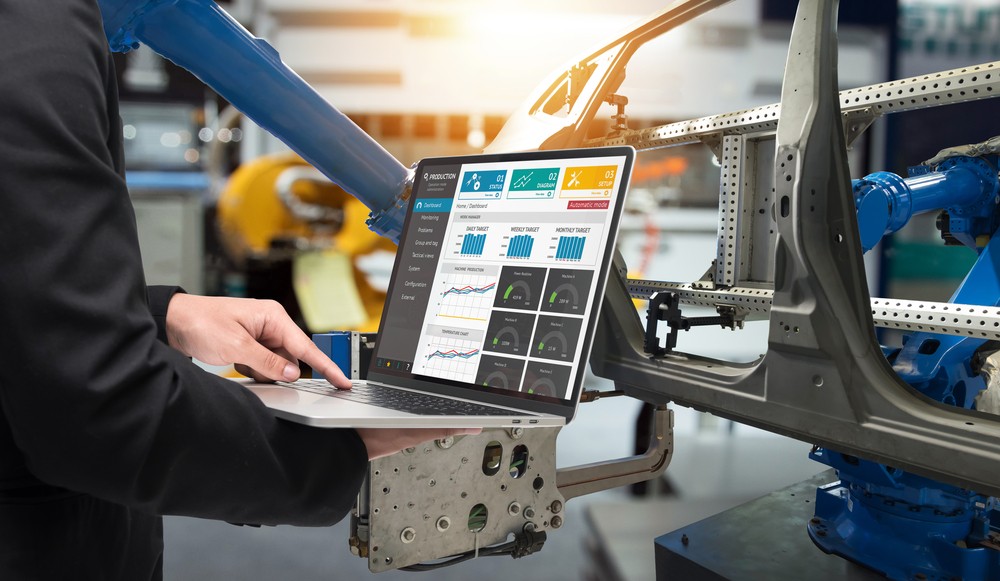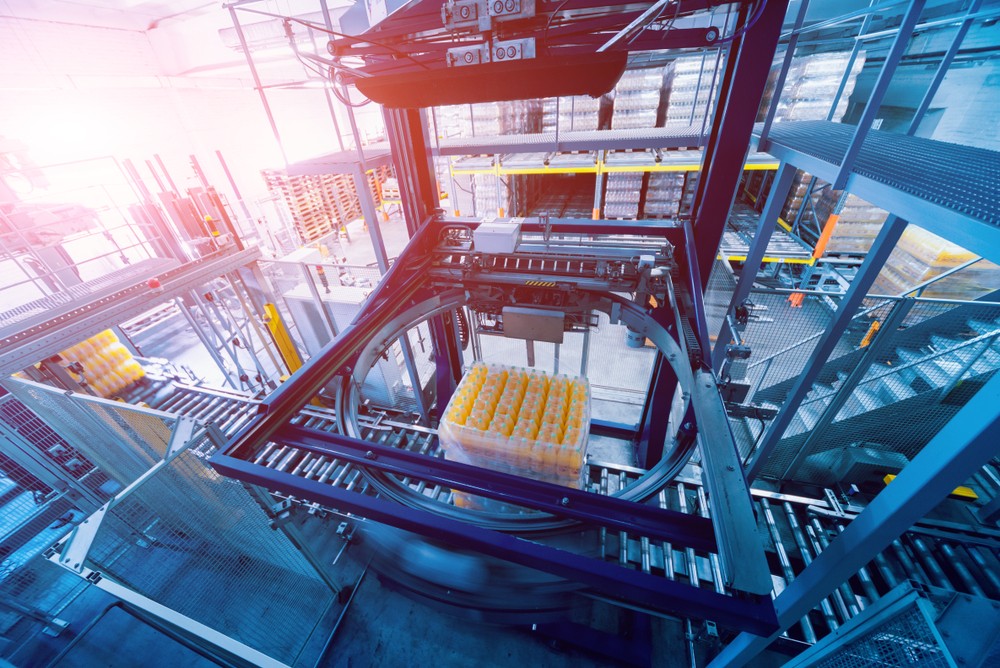Condition Monitoring To Combat Worker Shortages

There aren’t enough manufacturing workers to go around, and while the worker shortage is commonly viewed through the lens of production capability, scarcity also extends to factory maintenance, repair, and operations (MRO) staff. If you don’t have enough workers to run production lines at full capacity, you’re likely running short on repair staff as well.
So, many manufacturers end up prioritizing reactive maintenance by default. Without enough workers to keep up routine maintenance, they resort to putting out fires as they arise. This increasingly common situation is a perfect case study for condition monitoring.
A recap of condition monitoring
A major component of preventive maintenance, condition monitoring involves measuring equipment parameters for any changes that could result in failure. The process is highly customizable, which gives manufacturers the freedom to create a preventive maintenance approach specific to their production lines and equipment.
Remote condition monitoring allows employees to check the condition of equipment via tablet, laptop, smartphone, or another connected device. Techs can review real-time data and recent records to better understand how a piece of machinery is functioning. The ability to assess and analyze relevant data enables a clear comprehension of equipment needs and the best maintenance approach.
The main purpose of condition monitoring is to prevent failure before it ever occurs. And while the equipment used to facilitate it is part of the industrial internet of things (IIoT), manufacturers can easily implement condition monitoring without a major technology investment.

Connected reliability can circumvent labor strains
A good condition monitoring system allows for instant understanding of equipment function by creating connected reliability: a principle that aims for easy and effective communication among people, assets, and systems. To that end, manufacturers can deploy their limited labor more strategically, instead of having employees waste valuable time on servicing equipment that may not need it. This approach facilitates timely service and a higher standard of maintenance and repair.
With worker shortages still plaguing the manufacturing industry, it’s important to use available labor as efficiently as possible. By analyzing data provided via connected reliability, manufacturers can accomplish as much as possible, with improved efficiency, and to a higher degree of benefit.
The transition to predictive maintenance
While shaking things up can be intimidating, the transition to predictive maintenance is necessary for manufacturers experiencing challenges due to labor shortages. Condition monitoring helps companies create an efficient labor force and develop more proactive maintenance habits. This, in turn, helps save on costs and prevent unscheduled equipment downtime. With the savings garnered from a preventive maintenance program, manufacturers can reinvest funds into attracting and hiring new talent.

Necessity is the mother of innovation
Does a worker shortage have you running in circles when it comes to maintenance and repair? It might be time to change your approach. Instead of struggling to hire talent from a shrinking pool, redirect capital and energy into creating a condition monitoring plan to enable preventive equipment maintenance. It’s a way to do more with less and generate outcomes with long-term benefits for efficiency, productivity, and your bottom line.